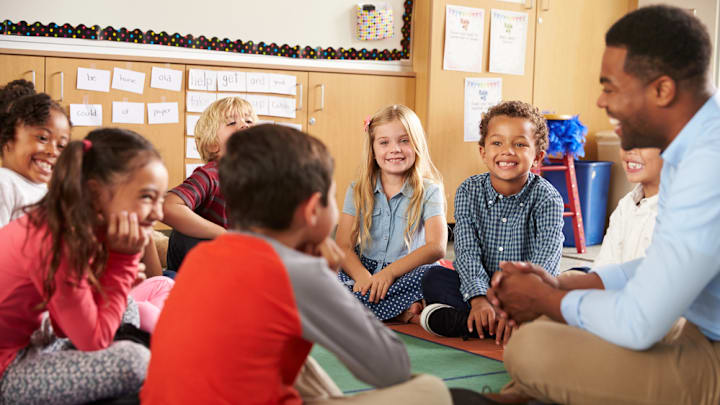Big Talks with Little People: The Magic of Conversations with Kids

It starts with a question that seems to come out of nowhere.
“Do animals have dreams?”
You pause — not because you don’t know the answer, but because you’re surprised by the depth. And before you can respond, they follow up with, “And what if ants go to school?”
Children are natural philosophers. They live in a space where curiosity rules and logic dances with imagination. But somewhere along the way, the art of simply talking to kids gets lost in the noise of daily logistics — meals, routines, to-do lists, and the ever-present need to just get things done.
Yet hidden within casual conversation is one of the most powerful developmental tools we have.
Conversations Build More Than Vocabulary
Of course, talking to kids helps them build language — we all know that. But what often gets missed is how it shapes thinking. Every time a child asks a question and you answer, you’re modeling how to explore the world. You’re showing them that curiosity matters, that questions lead to understanding, and that their voice is worth listening to.
Even better? You don’t need fancy answers. You just need to wonder with them.
Try flipping a question back on them:
“Hmm, do you think dogs dream? What do you imagine they see?”
That’s not a dodge — it’s an invitation. A signal that their thoughts are valid, and that conversation isn’t just about facts — it’s about connection.
Every Chat is a Chance to Connect
Life gets busy. We all fall into the rhythm of efficiency — especially when you're juggling school drop-offs, snack demands, and bedtime battles. But weaving in even small pockets of meaningful conversation can change the tone of a day.
The car ride becomes a space to share thoughts about clouds and dinosaurs. The dinner table shifts from “eat your broccoli” to “tell me one weird thing you thought about today.” Bedtime transforms into a confessional — a place where secrets, worries, and dreams spill out in the safety of low lights and soft blankets.
Children open up when they feel seen. And few things say “I see you” louder than really listening.
Let Their Words Lead
Not every conversation needs to be profound. Some will be silly. Some will go in circles. Some might end with a fart joke. That’s all part of the joy.
Let your child guide the rhythm. If they want to talk about why the moon follows the car, follow that thread. If they ask about sadness or friendship or fairness, don’t rush to simplify. Ask questions. Reflect. Be curious with them.
It’s okay not to have all the answers. What matters is being present in the question.
Talk Now, So They’ll Talk Later
The truth is, the conversations you build now lay the foundation for the ones they’ll want to have later. When the stakes are higher. When life gets more complicated. When they’re no longer asking about ants going to school but about heartbreak, identity, or fear.
If they learn now that you’re someone who listens, who doesn’t dismiss or rush, they’ll come to you when it counts most.
So next time they ask something wild, don’t just smile — dive in.
Because talking with children isn’t just cute.
It’s sacred.